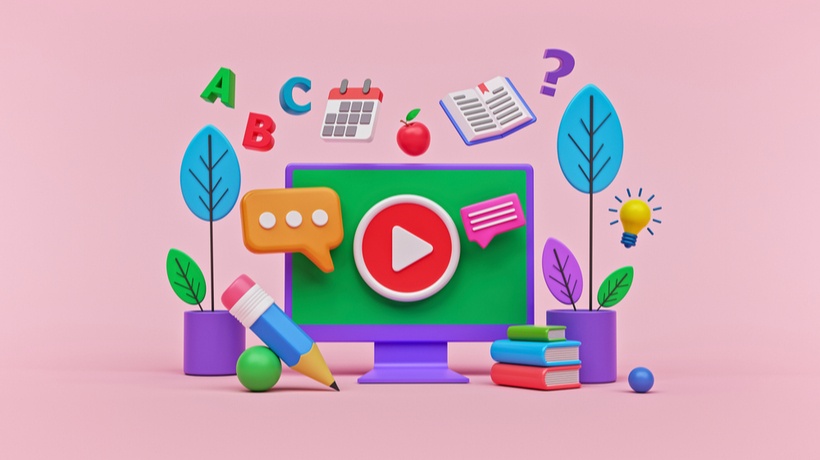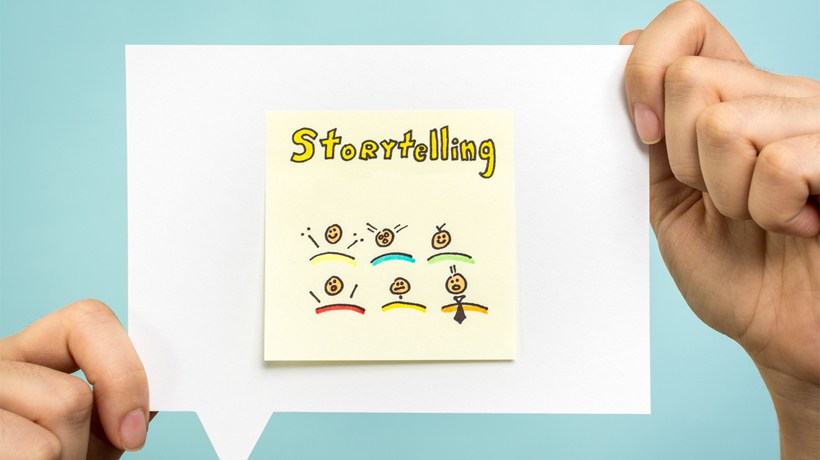Great Question! The Short Answer: Yes
Now, keep on reading to hear the long answer. A great story underpins a great movie. While we may not be creating feature films, I still like to think of the courses I create as mini-movies, save for the live actors and the million-dollar budget. But I digress. Storytelling captivates audiences and leaves a lingering impression. No matter what, the content of a good, interactive course must be woven together by these basic storytelling elements.
1. Relevance
The best stories are ones that you can picture yourself in, where putting yourself in the same scenario as what you are reading about isn’t a giant mental leap. In order to gain learner buy-in, learners need to understand how the content is relevant to them. If there is no relevance, there is no engagement. Relevancy is important because it answers the question, "Why does this matter to me?" Learners are already investing time in completing your course, and showing how it is applicable to their everyday lives maintains their motivation. If there is no practical application, then your course will be quickly categorized as a dreaded click-through course, which is the ultimate threat to learning.
2. Emotional Connection
You need to facilitate an emotional connection. While we have already established that learner motivation increases when relevancy does, emotional connection takes it over the edge, but in a good way. An emotional connection fills the gap between reality and relevancy. Everyone has emotions. Everyone can recall certain times when they were mad, sad, or glad. Emotions are the thread that keeps us united in our humanity. Good stories capture emotions and create mutual feelings between the learner and the content/characters. Evoking an emotional response fosters the relationship between words on a screen and a genuine moment of learning. While this may seem dramatic for an eLearning course, I can assure you it is not. People are more likely to remember what they have learned when it brings out a memorable emotional experience. To further this point, I must reference one of Maya Angelou’s most famous quotes: “People will forget what you said, people will forget what you did, but people will never forget how you made them feel.” These principles are not excepted here.
3. Visuals
An effective way to make your stories come alive is through visuals. You can’t just tell the learner the information, you must show them. Relevant and relatable images help bring stories to life and signify a transition from something that was merely a text into something more tangible. Having the right images can also promote understanding and make the content more accessible, especially for visual learners. An image can be something as complicated as a multicolored background with embedded and elaborate designs, or it can be as simple as an icon. As an ID, you will have to determine which kind of images, and how many, work best for your stories. No matter what, make sure you are facilitating a happy marriage between text and images so that you leave your learner with a lasting impression.
4. Resolution
Now, what is one supposed to do once they’ve witnessed a beautiful combination between content and graphics? Well, you give learners an opportunity to put their learning to the test—literally. You should provide your learners with an opportunity to apply everything that they have learned after "reading" your story. Not only will this help with knowledge retention, but it will also help assess the effectiveness of your course. You can think of your end-of-course quiz as the conclusion to your story. Learners have everything they need to be successful, and now, they must practice it. If I may stretch this comparison—the moral of your course’s story is the lessons that the content teaches the learner. Once they are done with the course, the test will show you whether learners have successfully retained the story. Hopefully, your skilled storytelling will allow learners to breeze through the test because they have made an emotional connection to the course, owing to your ability to make the content relevant and appealing by using effective visuals.
Everyone, and every eLearning course, has a story. Your ability to weave together a relevant story by harnessing basic storytelling principles will make the difference between a click-through course and an engaging learning experience. Learners want to see themselves in the content and understand how it connects to their lives. The days of passive bullet points and large text boxes are long gone. Learners crave connection—and that’s the moral of this story!









